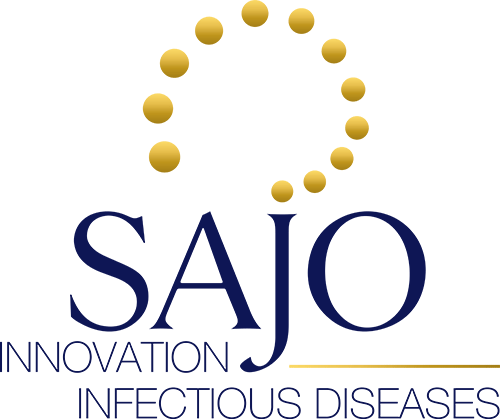Please remember: These measures were imposed for your protection
To keep up the strict measures in the long run, is impossible, since the consequences for the society and economy are foreseeable.
We know it takes six to eight weeks for a person to change a habit. Such is the psychology of human beings. Thus, the measures should stay in place at least that long.
We already have discussed the two scenarios a) keep up restrictions or b) lift the restrictions at once in our blog, for details please see the post of March 8, 2020: „Pandemics and economics – an explosive mixture“.
Every single lifting of measures will result in an increased infection rate, which will only be seen in the statistics with a delay of 10-14 days. A reintroduction of restrictive measures will be hard to impose on the populace.
Therefore, the liftings need to be step by step, accompanied by special requirements to reduce the infection risks.

Some examples:
Small business and stores, that can keep up the rule of distancing, with a small number of employees, and customers entering one by one, should be allowed to reopen after the current measures have shown an effect.
Middle and larger companies, who can keep the distancing among employees, be it via home office or working in shifts, should continue to do so.
A suggestion has been, to give stores the chance for 7-day weeks until the end of the year, stretching the number of customers from 5 ½ to 7 days. Theoretically, this is a good idea. However, employers need to make sure their employees do not have to work significantly more hours than fixed by contracts and labor legislation. Consequently, this would result in an increased employment rate.
More difficulties are expected with restaurants: Personnel needs to be tested for SARS-CoV-2 at least twice a week. A positive test would require the restaurant to close until it is clear if the employee in question did infect a colleague (or customer). Chains of infection would have to be monitored closely, in order to put affected households into quarantine. Only after negative testing, this may be lifted again. The same holds true for establishments, that cannot keep a distance to their customers, such as barber shops and the like.
Universities pose a challenge, too. Here, one might appeal to the maturity of the students. Lecture halls and seminars may only be visited by a reduced number of students. Physical distancing needs to be observed 360 °. Parts of the lectures may be offered online.
Pretty difficult is the case of schools and kindergardens: These are the places where the virus is spread most easily and transferred to the households. Both are serving as fire accelerants, posing a huge problem. Therefore, as virologists we are advising to keep them closed for a longer while. Even if you find this unpopular, from a virological point of view this makes sense. Here, politics need to balance the pros and cons. Further hints: If both parents are employed, one might be excempt from work or both may switch to part time to take care of their children. The loss of income needs to be covered by the government. Another suggestion would be to keep lessons in smaller groups, maybe in a kind of shift operation with a focus on the major topics. Teaching material needs to be available online with online testing. Now would be a good time to introduce hygiene lessons.
For the future it would be an idea to impose a mandatory training in hygiene for personnel in schools, kindergardens, nursery homes, physiotherapists, barber shops, beauty salons, and in the food industry, including restaurants. The training would be documented and is a requirement for the job, comparable to the standard driver’s license. Thus, hygiene standards may be lifted to an acceptable level. This list should be extended to all business areas with a close contact to customers.
For the time being, mass events, such as concerts, sports events, parties, air travel, packed beaches, in short, every event with many people present in a small area cannot be allowed. The party people need to change their habits. Look for a meaningful activity for your spare time, that may be done with proper physical distancing. Here are some examples: Learn a new language that may come in handy a couple of years from now in your first long distance vacation after the pandemic. You’ll impress your friends and please your hosts. Dig deeper into your area of expertise, get the literature, book an online course a. s. o. Maybe cooking is a good idea. Online you’ll find recipes, hints and ideas. Cooking provides instant gratification.
Culture events, such as concerts may be offered online for a fee.
It would be a good idea to accompany the lifting of the measures with widespread testing for SARS-CoV-2. Therefore, test capacities need to be increased.
Educational programs would be good in the publicly funded media focusing on behavior in the everyday life and in the public. We realize that many people are insecure and do not know how to behave in public transportation, in the streets of major cities, while going for a walk or shopping and so on. In such a way, the publicly funded media may fulfill their educational mission. The shows may be produced for all ages.

Let’s think one step ahead:
If the infections numbers were to be reduced, individual hot spots of infection could be contained with three simple measures:
- Nationwide testing. This is improving, but should be further upgraded.
- Contact tracing. This requires individuals to be alert and honest. Otherwise not all possible contacts may be found. Currently, a smartphone app is being discussed. Such an app would help only if all citizens are using it, which would mean a mandatory use. This point we see with a critical eye since anonymizing of data is not guaranteed. Developers call it a “pseudonymizing”, which is not anonymous. Personally we reject the collection of data without an anonymization.
- Targeted quarantine. This is already in place. Each person who suspects a contact with an infected person needs to stay home. Only after negative tests, this quarantine may be lifted.
An important point would be to know the percentage of the population that already developed antibodies against SARS-CoV-2. Such tests need to be developed specifically for SARS-CoV-2, since there are four closely related coronaviruses circulating globally, that result in a common cold and antibody development. Cross-reactions with antibodies against these coronaviruses need to be avoided since they would distort the results.
One hint: The presence of antibodies does not prove immunity! This has been observed with several viral diseases. A coronavirus infection does not lead to life-long immunity. For future vaccines this needs to be taken into account. That would mean repeated vaccinations to keep a sufficient immunity. And do not forget: There are numerous coronaviruses in the animal kingdom. Thus, now we should think about how we as a society may prepare for further pandemics. sajo is offering the technology to develop broadly active virostatics and prophylaxis.

The hotly debated topic of face masks will be covered in another blog post.
We keep the fingers crossed for the German government to find a good and practicable policy, not lifting all the measures too early.
Keep your eyes open,
Sabine and Joerg


